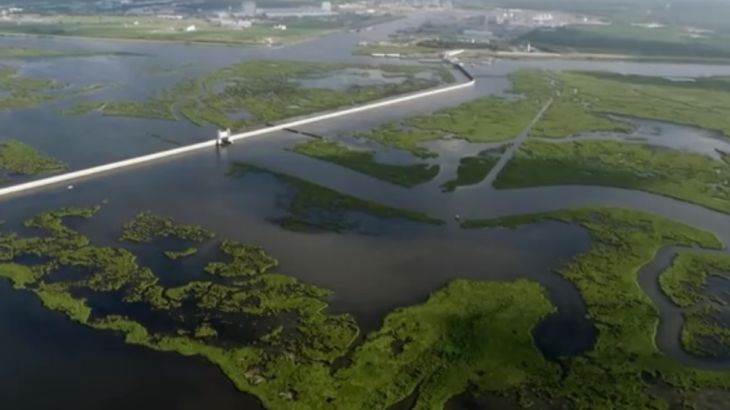
Investigating Katrina: Lessons learned from the storm
Over a decade after the historic storm, we investigate what went wrong and plans for future prevention and control.
In 2005, Hurricane Katrina claimed 1,800 lives, leaving 80 percent of New Orleans devastated and under water. Only one line of defence, the levee, failed the city. Since the disastrous storm hit, there have been concerted efforts to reduce risks from another possible Katrina.
The Army Corps of Engineers has been responsible for the city’s structural defence since the 1920s. Mike Park, chief of operations, explains that after Katrina, a more robust defence system – the Hurricane and Storm Damage Risk Reduction System (HSDRRS) – was built.
Keep reading
list of 4 itemsAfter the Hurricane
World’s coral reefs face global bleaching crisis
Why is Germany maintaining economic ties with China?
After Katrina, another big part of what we began to understand was the importance in how the natural system interacts with the engineered system. So we can design the engineered system to not fight nature, but to work alongside - work with it.
The new system consists of higher levees that stretch out over 214km (133 miles) – an increased number of flood walls, surge barriers and pumping stations. Along with the flood engineering on the ground, the Army Corps also conduct studies on the impact of storm surges on coastal vegetation, with the aim of creating an engineered system that can work alongside nature.
Other survivors and Katrina witnesses have adopted more radical views for future prevention.
Foster Creppel, who lives in the woodlands outside the HSDRRS looks to nature for protection. Creppel believes trying to over-manage the river has caused the main problems facing New Orleans today. He urges the restoration of the delta, which will eventually form a natural buffer to prevent future storms from creating the same levels of devastation that Katrina did.
Creppel’s views resonate with advocates for the restoration of the wetlands destroyed by the Mississippi River-Gulf Outlet (MRGO) – an artificial channel for commercial shipping that cuts across the wetlands. Although there are efforts in place to restore the wetlands, there is a lot more work to be done.
Christopher Ruf and his team at the University of Michigan have also been at work building a stronger storm search system called ‘SIGNIS’. The professor of atmospheric science describes SIGNIS as a method to help forecast future tempests more accurately. The system is programmed to launch eight small satellites orbiting over the tropics, taking measurements of the quickly changing winds and predicting the course of future storms.
Engineering on the ground, coastal restoration projects, and better storm searches are various measures to prevent future disasters like Katrina. But what do residents think of the new storm risk reduction system?
Those who remain in the Ninth Ward, where the storm hit the worst, believe Katrina was a wake-up call, and although a future natural disaster cannot be completely prevented, different tactics to reduce the risk of the future storm will continue to protect historical and cultural gems of New Orleans.